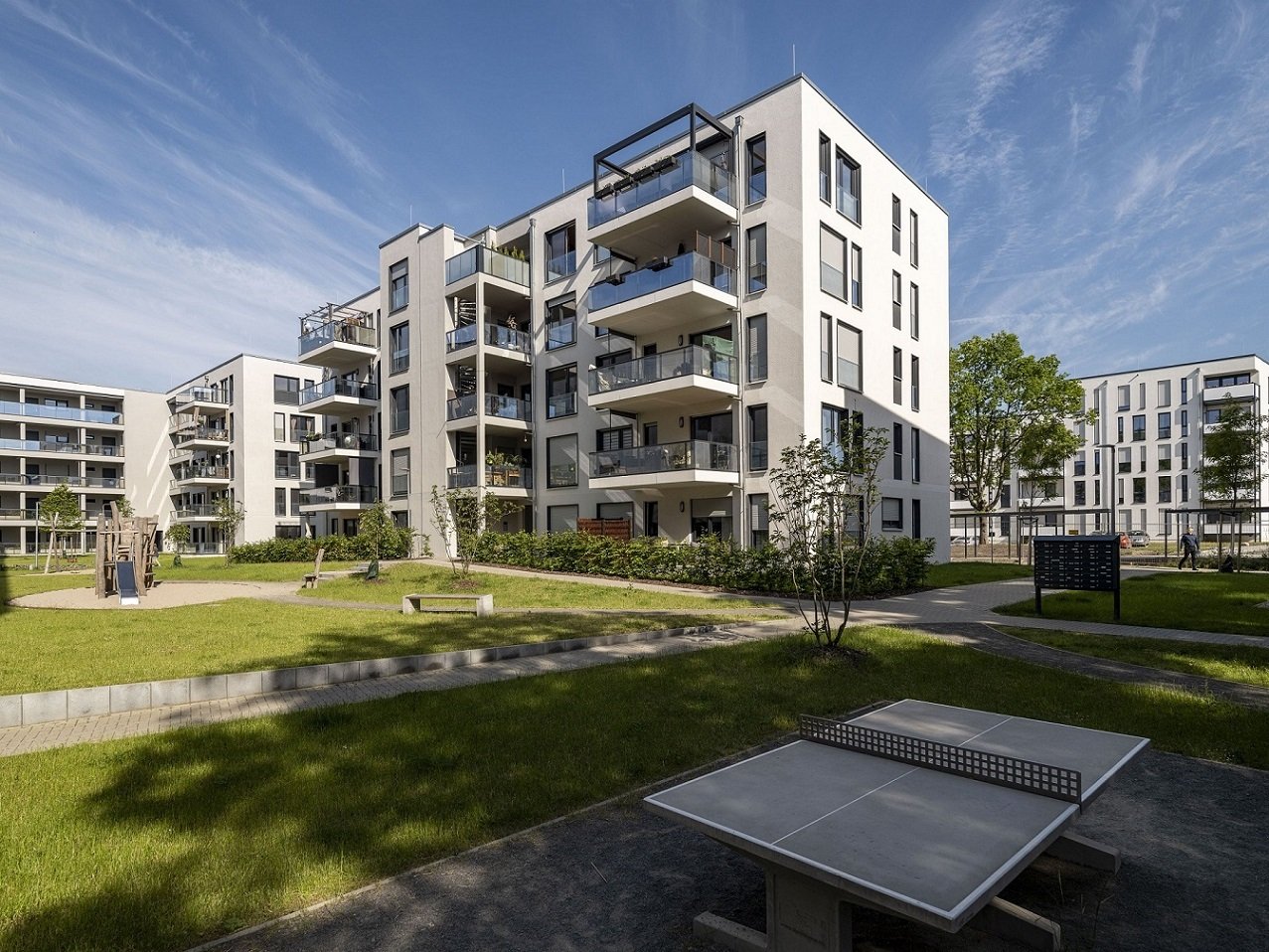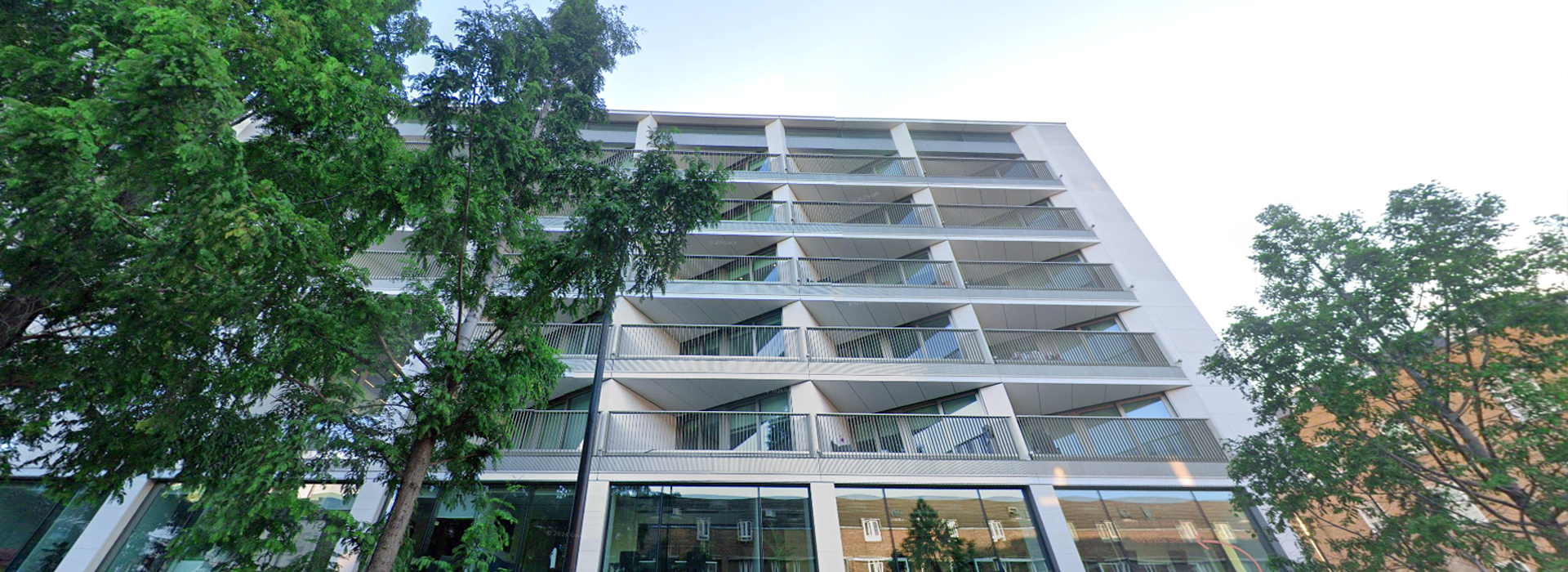High-end Residential
In luxury residential spaces, comfort is non-negotiable, and indoor air quality plays a quiet but vital role in achieving it. In these spaces, clean, well-balanced air is essential to supporting wellness, sleep quality, and everyday living. Modern homes are increasingly airtight for energy efficiency, but without adequate ventilation and filtration, this can lead to a buildup of pollutants like VOCs, CO2, and fine particulate matter (PM2.5).
From off-gassing furniture to cooking fumes and outdoor pollution, these invisible factors can compromise both health and the quality of the indoor environment — no matter how well-designed the space looks or feels. A space without proper air quality measures may still look nice, but the residents will certainly feel the difference.
- Expectations
- Featured Project
- Insights
Expectations
High-end Residential Sector
In residential spaces, problems can arise when tenants lifestyle choices (e.g., air drying wet clothes, introducing off-gassing furniture, use too much or too little heating) begin to affect the space. Although a space might be problem-free when housing one tenant, another tenant's choices can change the temperature, humidity, and pollutant levels within the space, potentially leading to structural or safety concerns. In a residential block or hotel, any one of these problems can affect everyone else living within the space. This can lead to disease, mould, and poor air filling the building if the proper measures are not in place.
At ARM Environments, we've seen what happens when property owners don't keep a close eye on the space. The best solution: installing air quality sensors to monitor the indoor environment remotely. Using this data, we can recommend solutions to maintain a consistently high standard of air quality for all of the residents and keep problems like mould and CO2 at bay.
Whether you're concerned about mould growth or ineffective air conditioning, get in touch with us today to book an air quality assessment or ventilation test, or view our other services here to see how we might be able to help keep your residential space healthy so that your residents stay happy.
Relevant services
- HVAC Maintenance
- Fire Damper Testing
- Water Quality Testing
- TM44 Inspections
- Grease Cleaning
- Ductwork Cleaning
- MVHR filters
- ePM10 & Molecular Filters

Featured Project
Installing ePM10 & Molecular Filters to breathe easy in Central London

Objectives
In Central London, keeping the poor-quality, polluted air out of your building can be tricky. It's no surprise that due to London's densely-crowded centre, levels of gases like Carbon Dioxide and Nitrogen Oxides and particulate matter (PM2.5, PM10) can be particularly high. Our client, nestled tightly between Euston train station, an active construction project, and where the A501 meets Tottenham Court Road, had to meet Building Regulations in order to open their newly-constructed mixed-use block. The problem, however, obviously lies in the heavy pollution in the area due to the combustion from cars and trains and the construction site beside Euston station. To meet Approved Document F of the Building Regulations 2010, this client would either need to prove the outdoor exposure levels are below minimum thresholds, or they would have to install some serious MVHR filters to keep the indoor air clean.
We also had to be mindful that certain filters might obstruct the air path and lower airflow. Our client's Nuaire MVHR units were a major component in how they would keep the building at a stable temperature, and they had been carefully designed to supply around 55 litres per second (l/s) and extract 40l/s from the kitchen extractor and 15l/s from the toilet extractor. If we were to install new, more heavy-duty filters, we would need to be careful not to affect this airflow too much or risk destabilising the entire system.
Solutions
We modelled the outdoor air quality, and the results weren't particularly promising. We anticipated the level of Nitrogen Dioxide pollution (NO2) could be too high to pass Building Regulations at an estimation of just under 40µg/m³. Because this figure was so close to the limit stated within Part F, the council deemed the result invalid to proceed with opening the building for residential use. Instead, we installed diffuser tubes (passive sampling) across the exterior façade of the building, which took a total of 6 months for the data to be considered reliable. Unfortunately, this test also deemed the Nitrogen Dioxide levels to be too high.
Our client, understandably frustrated, asked for our advice. We could test over and over again, but they'd likely fail. Understanding that within Approved Document F it states that technologies may be used 'to minimise the intake of external air pollutants', we advised our client that the next best step would be to install sufficient filters to reduce the levels of pollutants within the indoor space. Effectively, the only option we had would be to take effective measures to cleanse the indoor air as the outdoor air quality was unlikely to improve any time soon.
Accordingly, we then installed ePM10 and Molecular Filters in their Nuaire MVHR units to ensure that they capture any pollutants circulating throughout the indoor space. These ePM10 filters are very effective at removing between 50-90% of all PM10 particles which was crucial in capturing the particles emitted from the local road, construction site, and train station. Molecular filters were also installed to capture the harmful gases like NO2. Testing the airflow (known as ventilation validation) from the MVHR units, we measured a supply of 58l/s (5l/s higher than the design volume), the kitchen extractor measured 40l/s and the toilet extractor measured 15l/s (both identical to their respective design volumes). This results in an overall efficiency increase as the unit runs at 118% of the design volume with these newly-installed filters. With the confidence that residents would be able to breathe safe, clean air, the residential building was finally approved to open.
Results
Ultimately, our client was relieved that they could finally let residents access their building in spite of the heavily-polluted London air. Thankfully, our expert team were able to combat the poor outdoor air quality and Nitrogen Dioxide pollution with effective filtration methods. Our client expressed appreciation that their residents would be happy and healthy breathing the clean indoor air supplied from these new filters.
In this residential block, we recommended filters to be changed every 6-12 months. Given the severity of the outdoor air quality, we offered our client ongoing support, and we continue to supply ePM10 and Molecular Filters for them to this day.
Challenges
- Very poor outdoor air quality
- Central London residential new-build
- Struggling to pass Building Regulations
"This building's proximity to the A501 and Euston station meant that inevitably the outdoor air quality would be particularly poor, and when your outdoor air is polluted, your indoor air can quickly become unsafe too. What we found, worryingly, was that the NO2 levels outside this client's building exceeded Building Regulations and EU limits. This poses a challenge because you can't rely on the tried-and-tested method of flushing out the indoor air by introducing clean outdoor air. We were relieved to overcome this issue with the use of Molecular Filters which work well to capture any harmful gases within the space and didn't significantly impact air flow, either."
Adam Taylor, CEO of ARM Environments
Wellbeing
Safety
Continued Support
Insights
Related Insights
Discover Our Other Sectors
High-end Residential FAQs
Why is indoor air quality important in high-end residential spaces? ↓
What are the main indoor air pollutants in luxury homes and apartments? ↓
Common pollutants include off-gassing from furniture and finishes, cooking fumes, cleaning products, outdoor pollution, and moisture build-up. Mould is a very common concern in residential properties. Without adequate ventilation and filtration, these can accumulate in airtight spaces.
Can one resident's behaviour affect air quality in the entire building? ↓
Yes. In multi-unit residences, one flat with poor ventilation or excess humidity (e.g. from drying clothes indoors) can raise mould risk or CO2 levels in adjacent spaces, affecting shared air quality across the building.
How do you monitor air quality in residential environments? ↓
We install professional air quality sensors that provide real-time data on temperature, humidity, CO2, VOCs, and particulate levels. This helps identify emerging issues before they affect residents’ health or comfort.
Can ARM Environments help prevent mould and damp in residential properties? ↓
Absolutely. We are experienced in identifying conditions that lead to mould, like excess humidity or poor airflow, and recommend long-term strategies, from improved extraction systems to occupant guidance, to protect both the building's structure and the health of its occupants.
Concerned About IAQ?
Contact us today for expert advice and a professional survey.
Why Choose ARM?


